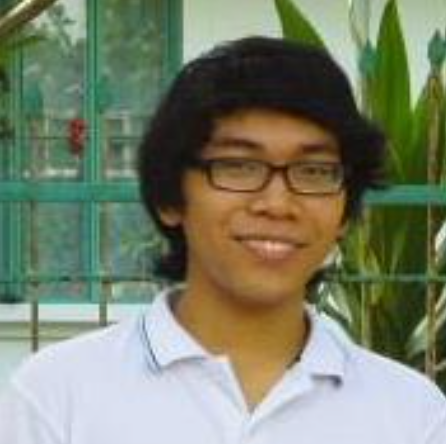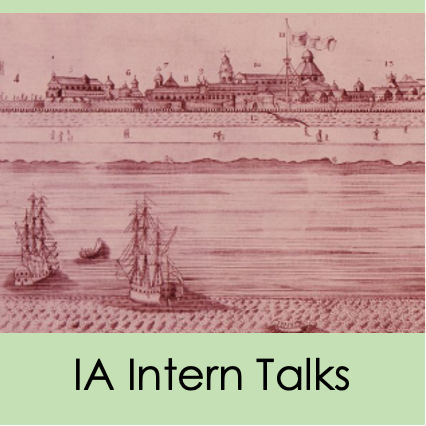By Apollo Kristoffe Gueco
Note: This is a paper produced under the Internship Program of the IA Center for Intramuros Studies.
Abstract
Nature nurtures culture, in the sense that natural systems such as the Pacific typhoon belt and the West Marikina Valley Fault, by virtue of the hazards they cause, have contributed to responses among human agents that lead to developments in culture that includes the built environment – architecture with the contingent urban design. Inadequate responses from society lead to disasters. This is the basic summative point of Greg Bankoff’s (2016) “hazardousness of place” hypothesis. The natural environment of Intramuros, or Ciudad Murada, or old Manila, is generally hot and humid in climate. It is flat in terrain, is partly alluvial in soil composition, and is within the vicinity of bodies of water like the Manila Bay and Pasig River that connect Manila to other regions, from which Intramuros sourced capiz shells and native hardwood, as well as adobe, for use as construction materials. This posed certain advantages for the construction of buildings adaptive to Manila’s natural hazards. Social responses, in the form of sets of adaptive social norms and practices or ‘disaster cultures’ (Bankoff, 2015, p. 54) by human agents can be divided into two modes: “institutional” (top-down, Spanish colonial government and their ordinances, the sects of the Catholic Church) and “expressive” (bottom-up, colonial subjects of Spain).
With George Salvan’s (1986) “Architectural Theories of Design” as basis for a theoretical framework, in this paper, the researcher analyzed via triangulation, with discourse analysis merely as adjunct, the features that arose characteristic of Bahay-na-Bato or “earthquake baroque” architecture, after recognition of their need in mitigating adverse effects due to hazards and the disasters that may arise from them. In addition, some non-Bahay-na-Bato structures exemplify adapted features resistant to seismic forces. Prior to that is a discussion on the urban plan which followed prescriptions of the Laws of the Indies, which animate the “subjective perception of threat” (Kušar, 2008) from which the aforementioned disaster cultures arise, which would decide the architectural features that pervade the buildings of Intramuros.
Keywords: natural hazards; hazardousness of place; Intramuros architecture; geography and architecture; triangulation.
To get a copy of the paper email us at [email protected]
This research paper was completed in August 2021 under the internship of Apollo Kristoffe Gueco.
About the Intern: Apollo Kristoffe Gueco

Apollo is an incoming senior student in the Bachelor of Arts in Social Sciences, major in Area Studies at the University of the Philippines Manila.
His interest in Intramuros has grown significantly since his internship, as well as his interest in general in the various disciplinal sources from which one could study the Philippines and Asia since he shifted into Area Studies. He has learned about the architectural elements of Intramuros buildings, as well as how to think about built environments.
He is currently a member of the Organization for Area Studies Majors. After graduation, he aims to do graduate studies to pursue a career as a researcher of some form or capacity, preferably in philosophy, Asian Studies, or Philippine Studies. Alternatively (if not simultaneously), he could also possibly pursue writing for a living. When not busy combing through search results for whatever of interest randomly comes to mind, he reads a book (or tries), tests if a language app really helps in learning a language like German or Japanese (or tries), listens to music, or looks for edgy comics or live or animated films (and dives into a rabbit hole).
Internship Mentor: Rancho Arcilla, M.A.
Testimonial on the Internship at the Intramuros Administration
“The internship was a worthwhile experience and, despite being facilitated online, I feel that it has prepared me for a path that involves activities related to research. I am more than satisfied with the progress that I have made, and the work I have been able to produce. The internship gave me the opportunity and the freedom to think through a research topic for which I had significant interest in. While I may have had some level of “impostor syndrome” whenever I looked at my paper, especially given its length, my experience has been more than fruitful. I have learned how to do better research under Sir Arcilla’s tutelage, in particular how to organize my research process and how to write an adequate, if not more than decent, paper. While aware of its value, only now do I appreciate the extent of study involved in cultural heritage research, and the range of expertise it requires. While my output involved a degree of hard work, the nature of the research experience itself was neither tedious nor draining, but in fact motivating. Additionally, it was also a humbling experience. One of the great benefits I have gained is the knowledge that I actually enjoy doing this.”
“I am indebted to the Intramuros Administration (IA) Archives and Central Records Section (ACRS) and to my adviser – and mentor – Sir John P. Arcilla, the head of ACRS, for their guidance and for allowing me the opportunity to gain some exposure and personal growth and to gain experience in research through the internship. Thank you, Sir, for your patience and for the words of encouragement, and for introducing me to a rich trove of books and articles, most of which related to my course, to architecture, and to Intramuros in general. More power po sa inyo at sa IA. Padayon!”
Learn more about the Internship Program of the Center for Intramuros Studies
Contact us: [email protected]
Interested in applying for an internship at the IA Center for Intramuros Studies? Email us your CV with cover letter via [email protected]. Address your letter to Rancho Arcilla, Coordinator, Center for Intramuros Studies, Intramuros Administration. For more information on our Internship Program go here.
Note: The opinions expressed by our interns in their papers and presentations during their internships with us do not necessarily reflect any statement, stand, or position of the Intramuros Administration or of any of its personnel. Moreover, inclusion of research papers or project proposals in the online database of the Center for Intramuros Studies or the website of the Intramuros Administration do not necessarily constitute as an endorsement.
For more information contact the Center for Intramuros Studies via [email protected]
Cannot find what you are looking for? Try requesting for more data via our eFOI Portal.











